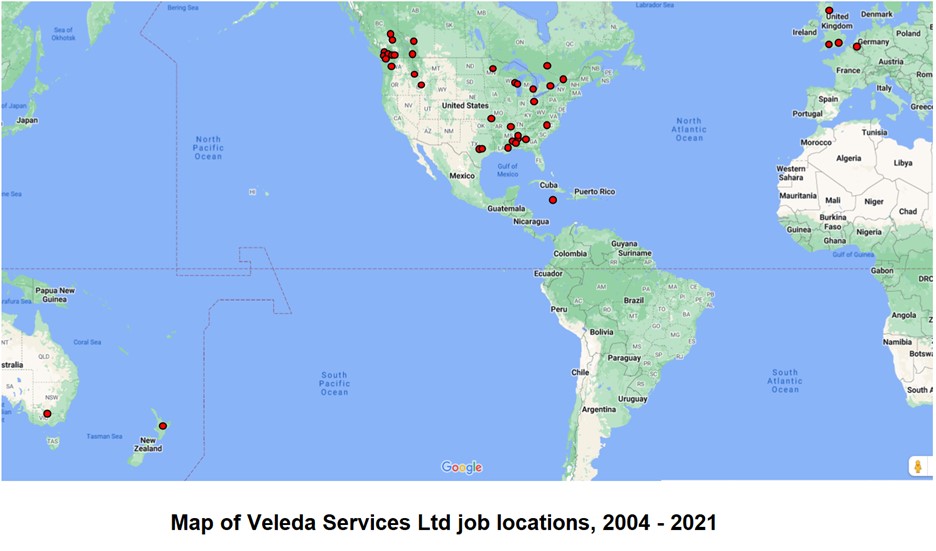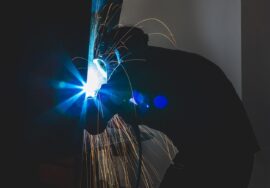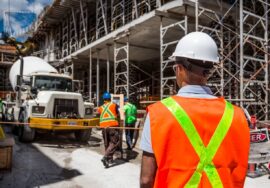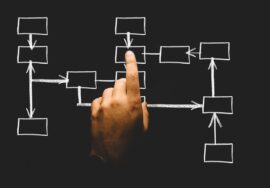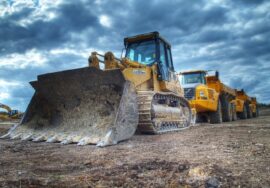Its not a bad idea for any manager to ask the question “What is my department really here for?” every now and then. The answer should not be hard to find, and it might be worth writing down. The result would be a “Statement of Purpose” which should provide some overall direction for everyone in the department (although many such published statements are general enough to be useless, or worse – “We will exceed our customers expectations, etc…”).
For Maintenance, the best such statement I have seen is:
“We will provide our operating partners with a physical plant which, if operated correctly, will meet all goals including production, quality, safety, and the environment at the lowest possible total cost over the long term”
This implies that the goals are known, and “over the long term” brings in the concept of continually improving and also avoiding decisions that bring only short-term results. Commitment to such a statement requires support from the very highest levels of management.
This Statement of Purpose says several things. One is that it is not the role of maintenance to fix things when they break, instead it is to give operators equipment which will not break. It also refers to “lowest possible total cost”, which should be defined as the sum of all production costs, including raw materials, energy, labour, maintenance, administration and downtime, which implies that operating and maintenance budgets need to be fully integrated (see “Budgets and cost reporting“).
The above Statement of Purpose does not cover all the objectives of Maintenance, in fact it is limited to those goals directly related to producing a product. Maintenance also has a responsibility for maintaining “management standards” which include:
– Plant appearance
– The condition of items affecting employee relations, such as employee facilities, offices, heating and cooling, lighting, etc
– The condition of items affecting community relations, such as noise, emission control equipment, landscaping, etc
– The condition of items affecting customer relations, such as the approaches to the plant, meeting rooms, etc
– Compliance with all laws, regulations and plant rules
For non-manufacturing institutions, maintenance of these “management standards” may be the only objectives of maintenance, as no products are being manufactured.
In manufacturing, and in such aspects of non-manufacturing organizations as the provision of utilities, reliability is the over-riding day-to-day maintenance priority.
Reliability goals are often defined as maximizing the “mean time between failure” (MTBF) and minimizing the “mean time to repair” (MTTR). In fact, in many industries the greatest production losses are not related to failures or repairs, but result from the downtime required to carry out inspections, many of which are regulated.
So a better definition of the reliability goal is to maximize the “mean time between production losses due to equipment-related events” (to save paper, lets call that “MTBPL”) and to minimize the “mean time to return equipment to production after equipment-related events” (“MTTRE”).
“Equipment-related events” include shutdowns for inspections, repairs, servicing and to repair breakdowns, and also to events resulting in unsaleable quality and production slow-downs.
Maximizing the “mean time between production losses due to equipment-related events” demands, initially, a plant design and equipment selection that supports the required reliability goals by being inherently reliable, easy to inspect and easy to maintain. However, once the equipment is installed and running, it is Maintenance which has the responsibility to achieve the goal of high MTBPL through appropriate and disciplined preventive maintenance, high repair standards and, when appropriate, addressing the root cause of failures so they do not recur. (See “Preventive maintenance – two kinds“ and “What is the ‘root cause’ of equipment failures?”
Minimizing the “mean time to return equipment to production after equipment-related events” (“MTTRE”) results from excellence in trades training, materials-and tools-management, information availability, work planning, work scheduling and maintenance supervision.
While maximizing the MTBPL and minimizing the MTTRE are basic Maintenance objectives in a manufacturing environment, they will not be achieved without a strong partnership between Operations and Maintenance (see “The Operations/Maintenance Relationship“).
To return to the Articles index click here.
© Veleda Services Ltd
Don Armstrong, P.Eng, President
don.armstrong@veleda.ca
250-655-8267 Pacific Time
Canada

